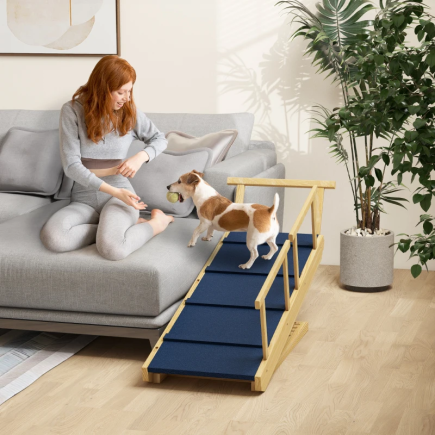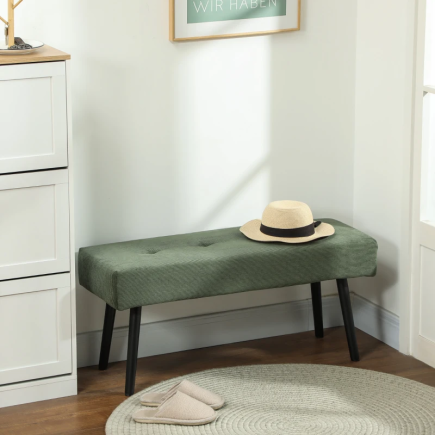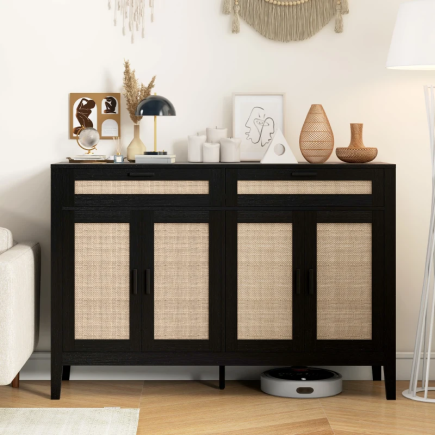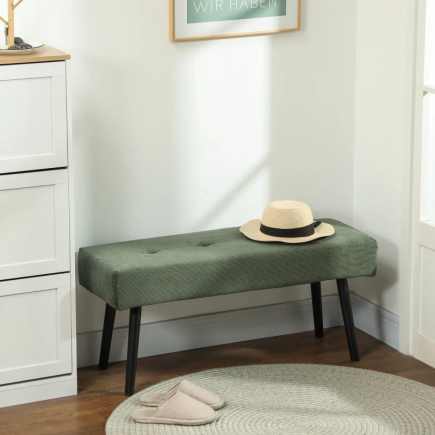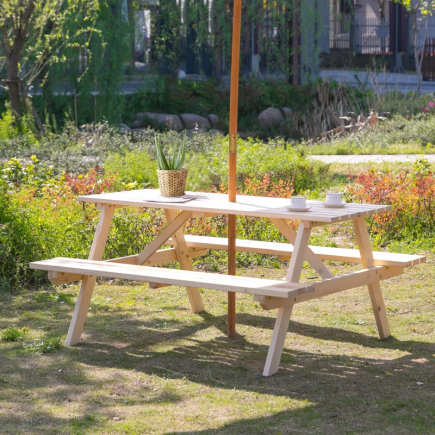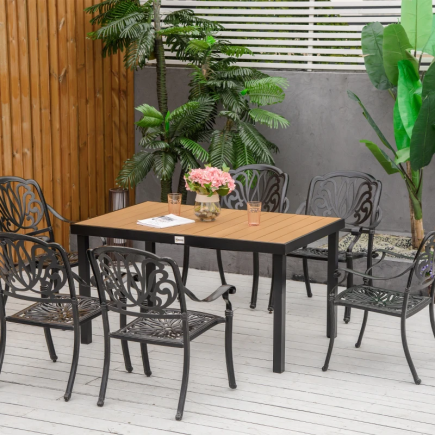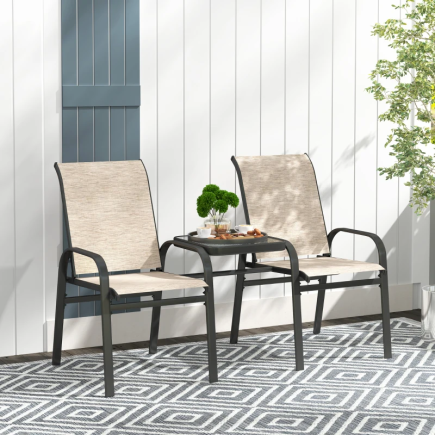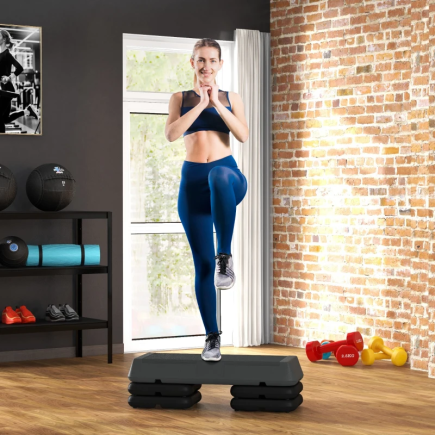
Refinishing a side table is a satisfying DIY project that can bring new life to an old, scratched, or faded piece of furniture. With just a few tools and some patience, you can transform an outdated table into a stunning addition to your home. Below is a simple, detailed guide to help you through each step, from preparation to the final finishing touches.
1. Gather Your Tools and Materials

Before you start, it’s important to have everything you need. Here’s a checklist of tools and materials to gather for refinishing your side table:
Tools
- Orbital sander or sanding sponge
- Putty knife or plastic scraper
- Safety goggles, gloves, and mask
- Paintbrush (foam or nylon)
- Steel wool or stripping pads
- Painter’s tape
- Painter’s pyramids or table risers
Materials
- Gel-based wood stripper (e.g., Citristrip)
- 120 & 220-grit sandpaper
- Pre-stain wood conditioner (e.g., Minwax Pre-Stain)
- Wood stain (e.g., Minwax Classic Gray or Varathane Kona)
- Polyurethane or Polycrylic topcoat
- Furniture wax (optional for added shine)
Tip: Invest in high-quality tools for smoother results. Cheap sanders and brushes can lead to a rough finish.
2. Set Up Your Workspace

It’s essential to have a clean, well-ventilated area where you can work comfortably.
- Protect the surface: Cover the floor with plastic sheets or kraft paper to catch any sanding dust or drips.
- Elevate the table: Use painter’s pyramids or simple risers to keep the table off the ground for easy access to all sides.
- Ventilation: If you’re using wood stripper or paint, work in a well-ventilated space like a garage or outdoor area.
3. Disassemble the Table and Clean
Before diving into the refinishing process, remove any hardware such as knobs, drawers, or handles. This will make the sanding and staining process much easier.
- Clean the table: Use a microfiber cloth to wipe away dirt and debris. You don’t need to deep clean, as stripping and sanding will handle most of the cleaning.
4. Strip the Old Finish

One of the most important steps in refinishing a table is stripping off the old finish. This process will help reveal the raw wood underneath, ready for a fresh stain or paint.
Method 1: Gel Wood Stripper
- Apply Gel Stripper: Use a foam brush or paintbrush to apply a thick coat of gel stripper to the table’s surface. Be generous, covering the entire surface evenly.
- Wait: Let the gel sit for 15-30 minutes, or as per the manufacturer’s instructions.
- Scrape Off Old Finish: Use a putty knife or plastic scraper to remove the softened finish. Work in the direction of the wood grain.
- Clean: Wipe the surface with mineral spirits to remove any remaining residue.
Tip: Gel strippers are better for detailed areas, like legs or intricate carvings.
Method 2: Oven Cleaner (Budget-Friendly)
- Spray Oven Cleaner: Coat the surface with oven cleaner.
- Wait: Let it sit for 20-30 minutes to break down the finish.
- Scrape: Use a plastic scraper to remove the old finish.
- Rinse: Wash the surface with water and allow it to dry.
5. Sand the Table

After stripping off the old finish, you’ll need to sand the table to smooth out any imperfections and prepare it for staining or painting.
Sanding Tips:
- Start with 120-grit sandpaper for rough sanding.
- Once the surface feels smooth, move to 220-grit sandpaper to smooth things out further.
- Use an orbital sander for flat surfaces to speed up the process. For details and edges, hand-sand with a sanding block or sponge.
- Always sand with the grain of the wood to avoid scratches.
| Step | Grit | Action |
| Initial Sand | 120 | Use an orbital sander for flat surfaces. |
| Smooth Sand | 220 | Hand-sand details and smooth any rough patches. |
Tip: Sanding helps reveal the true texture of the wood, so be patient. Don’t rush this step!
6. Apply Wood Conditioner
Wood conditioner helps the stain absorb evenly, preventing blotchiness. This step is especially important if you’re working with softer woods like pine or cherry.
- Apply Conditioner: Use a clean cloth or foam brush to apply the conditioner.
- Wipe Off Excess: Let the conditioner sit for 10-15 minutes and then wipe off any excess.
Tip: Applying conditioner is especially important for ensuring a uniform stain, so don’t skip this step!
7. Stain the Table

Once the table is prepped, it’s time to apply stain for that beautiful, rich finish.
How to Apply Stain:
- Choose Your Stain: Select a stain based on the color you want to achieve. For a classic look, go with Minwax Classic Gray or Varathane Kona for darker tones.
- Apply the Stain: Use a clean cloth or foam brush to apply the stain in even strokes, following the grain of the wood.
- Wait and Wipe: Let the stain sit for 5-10 minutes, then wipe off the excess with a clean cloth. The longer the stain sits, the darker it will become.
Tip: Test the stain on a hidden area of the table to ensure the color is what you expect before applying it to the entire piece.
8. Apply a Protective Topcoat

A protective topcoat is essential to keep your table looking beautiful and to prevent wear and tear.
Topcoat Options:
- Polyurethane: Ideal for high-traffic surfaces, like tabletops. It provides a strong, protective layer.
- Polycrylic: A water-based finish that dries fast and doesn’t yellow over time.
- Furniture Wax: Ideal for a matte, natural finish, especially on pieces that will be lightly used.
How to Apply:
- Choose a Brush: Use a high-quality brush for a smooth application. If you prefer a soft, natural finish, wax is a great option.
- Apply the First Coat: Brush on a thin coat of topcoat in the direction of the wood grain.
- Let it Dry: Allow the coat to dry completely (at least 2 hours).
- Lightly Sand: After drying, lightly sand the surface with 220-grit sandpaper.
- Apply a Second Coat: For extra protection, apply a second coat.
Tip: Apply two to three coats for a durable, long-lasting finish.
9. Reassemble and Final Touches

After everything has dried and cured:
- Reattach Hardware: Put the drawers, handles, or knobs back in place.
- Waxing: If you prefer a natural, soft shine, apply a layer of furniture wax over the topcoat.
- Felt Pads: Place felt pads under the legs to prevent scratches on your floors.
You’ve Refreshed Your Table!
By following these steps, you’ve successfully refinished your Side Table into a beautiful, functional piece. Whether you’ve opted for a natural wood finish or a bold color, refinishing furniture is a great way to breathe new life into old pieces.
FAQs
1. Can I Paint Over Stain?
Yes, you can paint over stained wood, but make sure to sand the surface lightly before applying paint. If you’re using a darker stain, use a primer to prevent the tannins from bleeding through the paint.
2. How Do I Prevent Blotchiness When Staining?
Always apply a wood conditioner before staining. This helps ensure that the stain soaks in evenly, especially on soft woods.
3. What’s the Best Way to Seal My Refinished Table?
For high-traffic areas, use polyurethane for a tough, durable finish. Polycrylic is great for lighter use and dries faster.
4. How Long Should I Wait Between Coats?
It’s best to wait at least 2-4 hours between coats, depending on the product you’re using. Always check the label for drying times.
5. Can I Refinish My Table If It’s Already Painted?
Yes, you can refinish a painted table by stripping the paint first. Follow the same steps as above, ensuring you sand down to the raw wood before applying a new finish.


